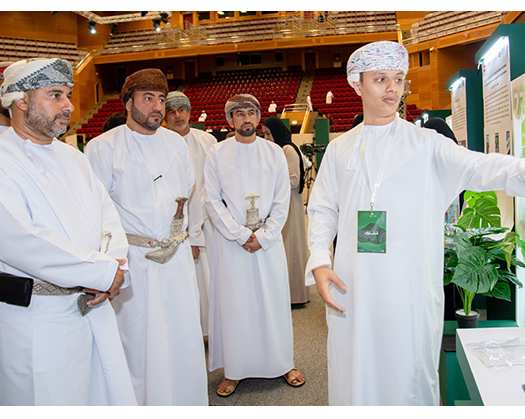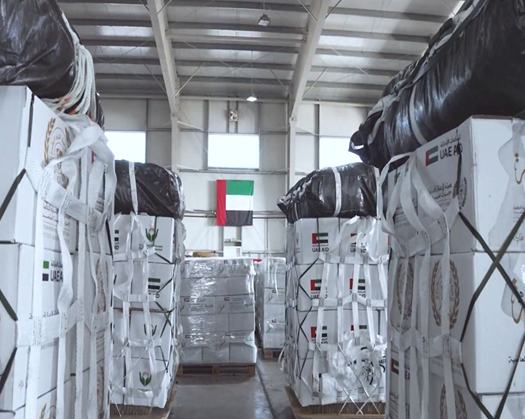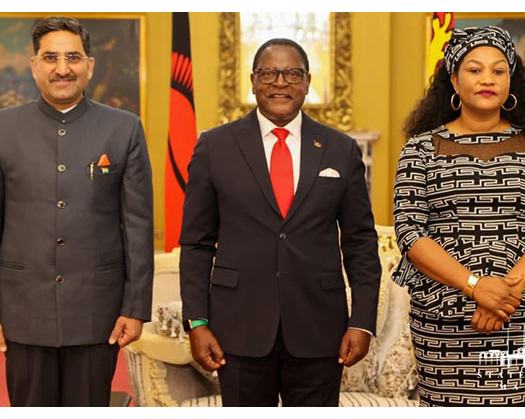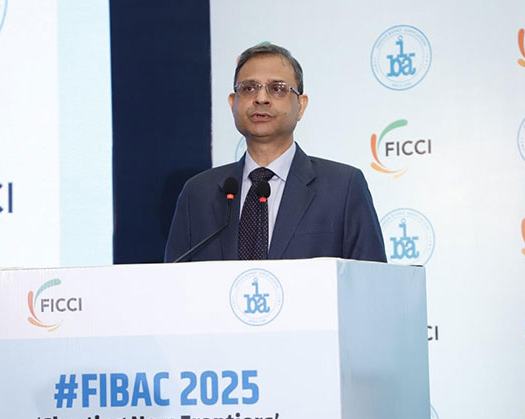Muscat: The 15th Engineering Gathering has officially begun at Sultan Qaboos University (SQU), graciously sponsored by His Highness Sayyid Dr. Adham bin Turki Al Said, an Assistant Professor in the Department of Economics and Finance at the College of Economics and Political Science. The event is being held in the Al-Fahm Hall of the Cultural Centre.
This gathering has attracted engineering students from Oman, as well as from the United Arab Emirates, Iraq, Jordan, Syria, and Saudi Arabia. Participants represent a variety of higher education institutions, including Sohar University, the University of Technology and Applied Sciences (Muscat and Shinas), United Arab Emirates University, the University of Al-Anbar in Iraq, the International College of Engineering and Management, and the National University.
Spanning multiple engineering disciplines such as architecture, civil engineering, chemical engineering, petroleum engineering, mechanical engineering, industrial engineering, and mechatronics engineering, the gathering serves as a comprehensive platform for the presentation of innovative concepts and advanced technical solutions. Students will showcase their projects and innovations, competing for various awards, including departmental engineering awards for each specialization and a grand prize for the top projects.
The event also includes an engineering exhibition in the grand hall of the University Cultural Centre, featuring 32 meticulously selected projects that have undergone a thorough screening process.
Moreover, interactive activities and events are designed to enhance participants' knowledge and facilitate the exchange of experiences. The gathering will run until March 5th, with sessions scheduled from 11:00 AM to 5:30 PM and from 7:30 PM to 10:30 PM.
One of the highlighted initiatives at the event is the design of Musandam International Airport by SQU. This endeavor aims to create a contemporary airport in the Musandam region, enhancing tourism and bolstering the local economy. The design integrates sustainable architectural practices that are adapted to the area's mountainous landscape while prioritizing safety and operational efficiency. Additionally, the project includes an analysis of air traffic patterns and spatial management to improve the overall passenger experience.
Another significant initiative is the Recycling Marble Powder in Concrete Production project by SQU. This project seeks to repurpose waste from the marble industry by integrating marble powder into precast concrete blocks.
The research aims to improve the strength and longevity of concrete while mitigating the environmental effects of marble waste accumulation. It also investigates ways to decrease the consumption of natural resources, thereby fostering sustainability within the construction industry.
The Enhanced Oil Recovery Using Chemical Injection project by the National University explores chemical injection methods to boost crude oil extraction from oil fields. Its goal is to improve production efficiency by lowering the water content in the extracted oil, which helps conserve resources and reduce environmental impact. The project also assesses various chemical formulations to maximize output at a minimal cost.
The Brain-Controlled Robotic Arm System, created by the University of Al-Anbar in Iraq, employs electroencephalography (EEG) technology to allow individuals with disabilities to control prosthetic limbs through brain signals. An innovative electronic interface is being developed to convert neural signals into motion commands, enabling users to achieve precise and fluid control over their prosthetic limbs, thus improving their quality of life.
An innovative initiative undertaken by SQU is the Design and Manufacturing of a Thermal Energy Storage System for Oman. This project aims to create a solar-powered thermal energy storage system that minimizes dependence on fossil fuels and enhances energy efficiency in the region. The design features cutting-edge solutions utilizing phase change materials (PCM) and sophisticated heat transfer systems, allowing for the stored energy to be utilized later for heating or electricity generation. This effort aligns with global movements towards renewable energy and environmental sustainability.
Another significant development is the Miniature Robot for Lunar Surface Exploration, also created by SQU. This project focuses on designing a compact robot capable of effectively exploring the lunar landscape. The robot is engineered to be lightweight and adept at traversing challenging terrains, equipped with advanced technologies for data collection and analysis. This innovation plays a vital role in advancing space exploration and unmanned exploration technologies.
Additionally, SQU is pioneering the Production of Blue Hydrogen from Flare Gas. This project aims to convert wasted flare gas in Oman into blue hydrogen, supporting the environmental objectives outlined in Oman Vision 2040. Utilizing steam methane reforming (SMR) technology in conjunction with carbon capture and storage (CCS), the project seeks to minimize emissions and foster sustainability. Technical assessments indicate that 1.5 million standard cubic feet of flare gas per day can be transformed into 36 tonnes of blue hydrogen daily, reinforcing Oman’s position as a significant producer of low-carbon hydrogen.
Lastly, the initiative on Artificial Intelligence for Optimising Medical Appointment Scheduling by SQU aims to create an AI-driven system that enhances the scheduling of medical appointments. By employing machine learning algorithms to anticipate patient no-shows, reduce waiting times, and optimize the use of medical resources, the system analyzes clinical data and patient behavior to offer flexible and precise scheduling solutions, thereby improving the efficiency of healthcare services.
The 15th Engineering Gathering acts as an engaging forum that encourages young innovators to reshape the landscape of engineering. The showcased projects exemplify a blend of creativity and ambition, developing solutions to tackle upcoming challenges. This event transcends a mere recognition of accomplishments; it serves as a call to action for ongoing research and development, highlighting the vital contribution of young engineers in creating a more intelligent and sustainable future. In this context, engineering is positioned as a catalyst for change and a way to influence the future.









